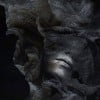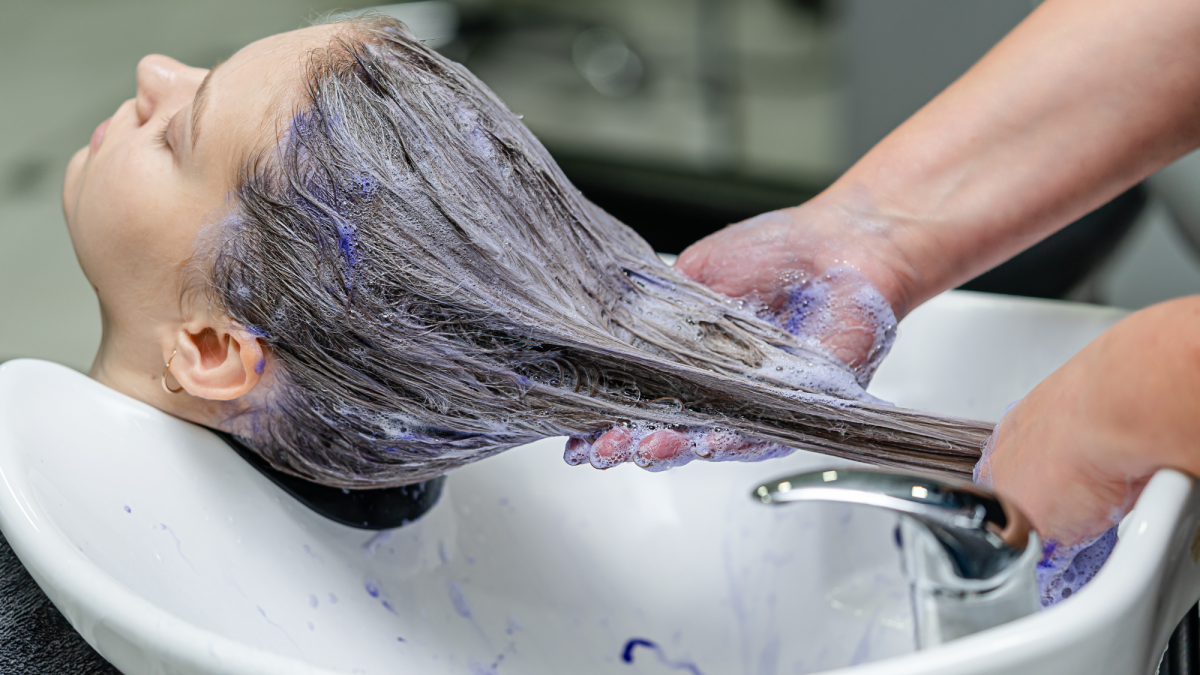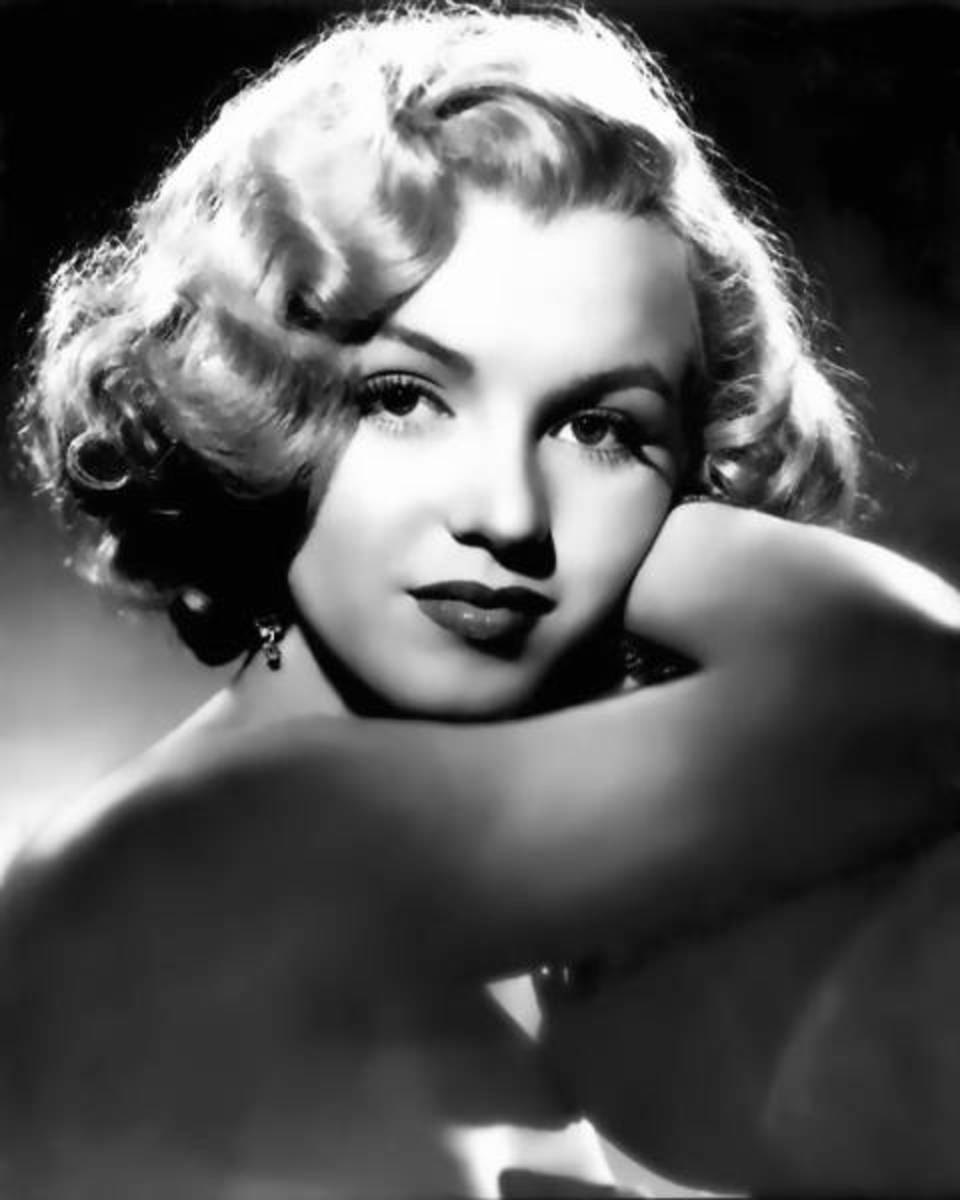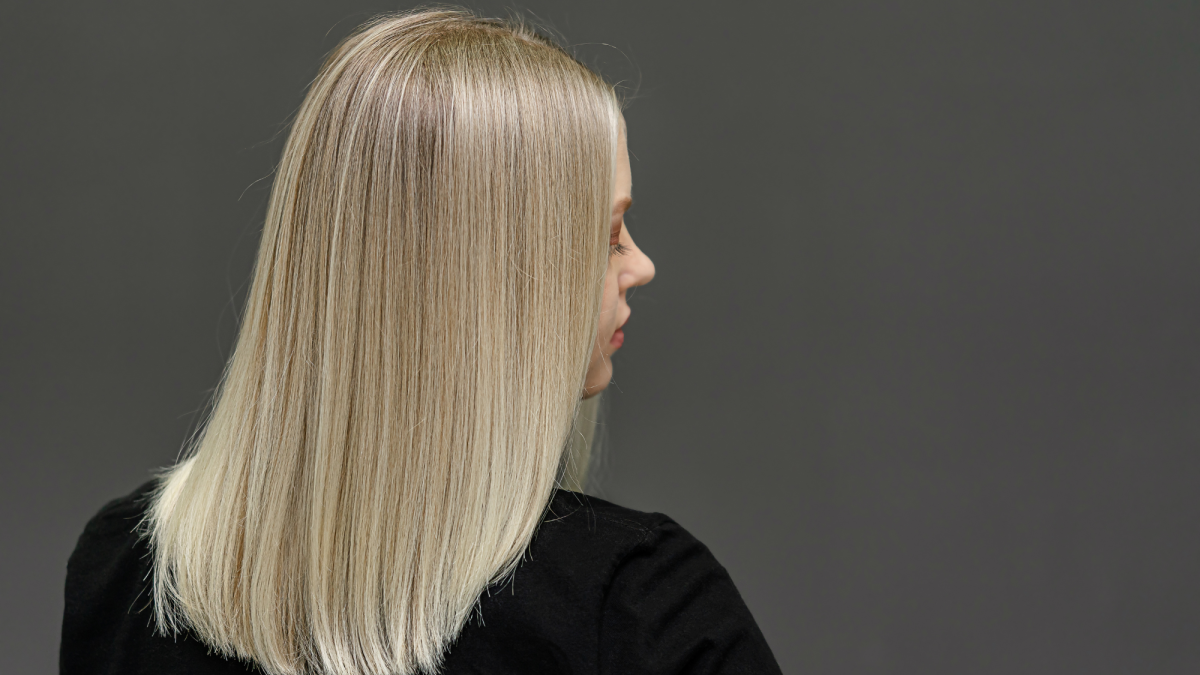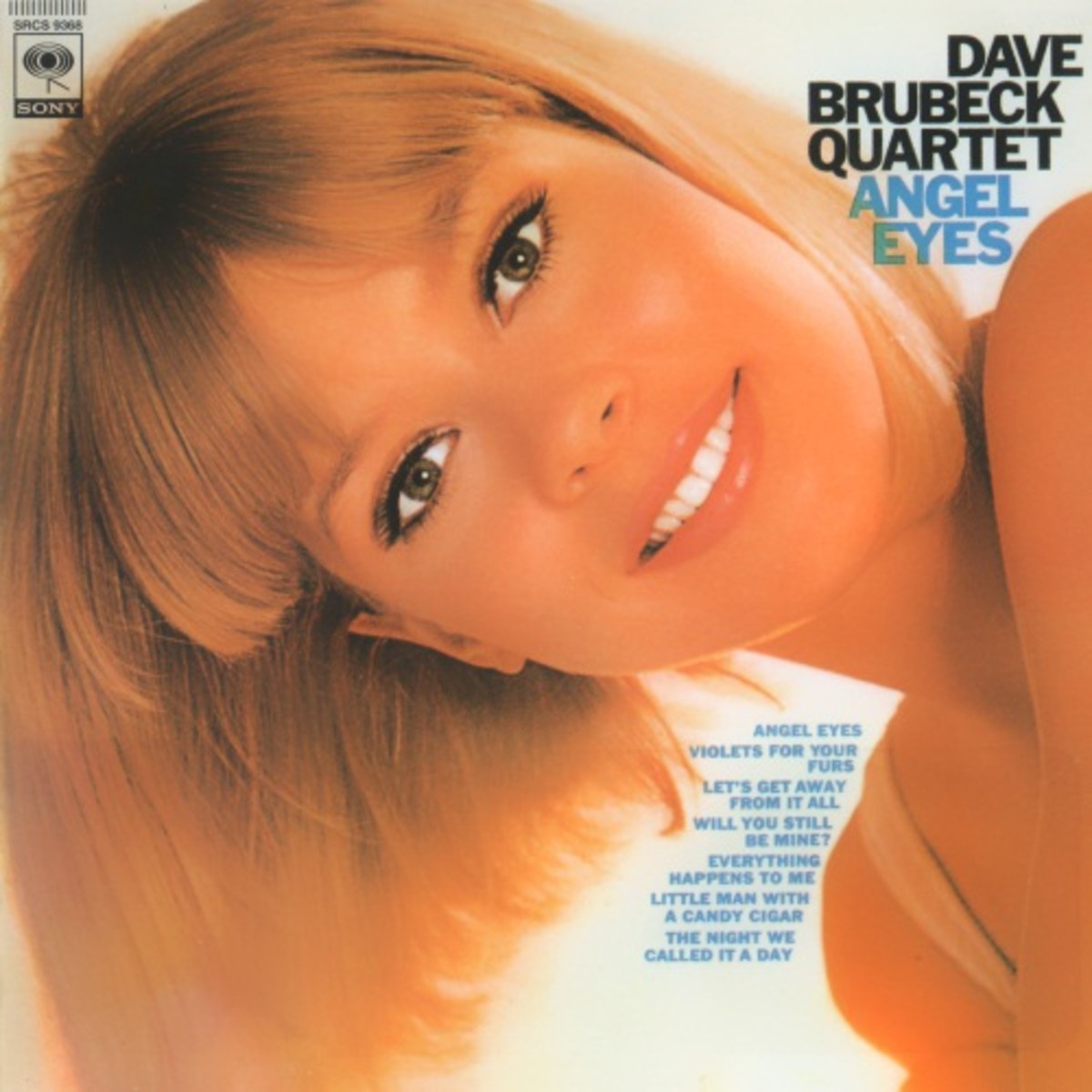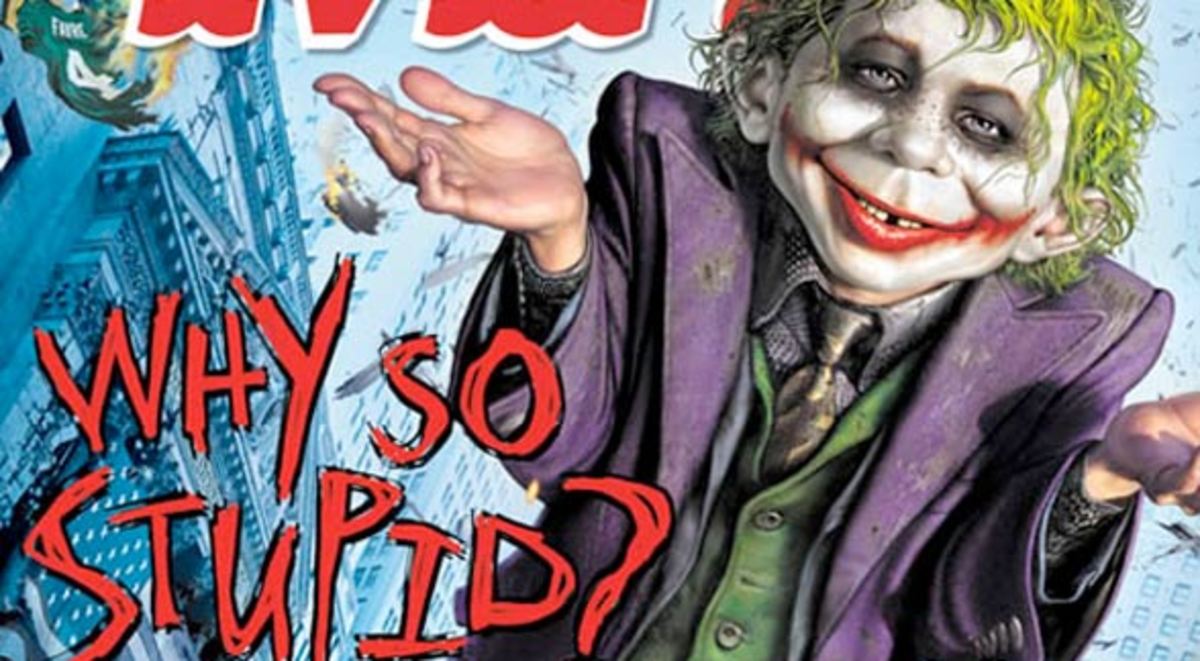The Blonde Mystique
The Enigmatic Blonde









She's Magnificent, So Sublime, So Unlike Other Women
Blonde is a word that conjures up many images. The blonde is considered to be an image of lightness. She is envisioned as the image of purity and unadulterated innocence. She is viewed as an image of sexiness and naughtiness. She is conceived to be the image of glamor. She is furthermore conceived to be the image of unattainability and being aloof.
Clearly, blonde is not and will never be categorized monolithically. The word and image of blondeness means a myraid of things to many people. The blonde has been a subject of fascination and mythologization from ancient times. She has been both idolized and demonized. She has been thought of as being available and unapproachable. She possesses a combination of many factors in the human mind.
Natural blondes only comprise 2% of the world population. Blonde people are concentrated in Northern Europe. Northern European countries as Estonia, Latvia, and Lithuania have a blonde population ranging from 50% to 79% while Denmark, Norway, and Swedish have the highest concentration of blondes in the world, 80%. Other countries have a high percentage of blondes is England, the eastern shore of Scotland, the Netherlands, and the northern region of Germany. Blonde hair is associated with grey, blue, green and hazel eyes. Another fact is that blondes have thicker hair than either redheads and brunettes.
The word blonde is from the latin blondus which means yellow. Blonde hair is the result of a genetic mutation which occurred 11,000 years ago during the last ice age. Blonde hair was a consequence of an isolated evolution in response to the deficiency of sunlight in Northern Europe. The evolution of lighter hair in Northern Europe also correlated with the evolution of lighter skin.
According to a hypothesis by Canadian anthropologist Peter Frost, blonde hair made its appearance during the last ice age as a result of sexual selection. Dr. Frost indicated that the evolution of blonde hair and blue eyes in Northern Europe made women stand out from their rivals for the attention of scarce men. Before the mutation, the human population consisted of brunet peoples.
In the book, The History & Geography of Human Genes(1994) by Professor Luigi Luca Cavalli-Sforza, a geneticist, it noted that blonde hair appeared in the region of Northern Europe currently Lithuania around 3,000 B.C. when the first proto Indo-European people arrived. Dr. Cavalli-Sforza reported that the blonde gene soon became dispersed through gender selection into Scandinavia. Dr. Cavalli-Sforza noted that males considered the blonde woman more attractive.
Blonde women were the subject of myth and folklore. In ancient Greece, goddesses such as Athena and Aphrodite were portrayed as blondes. In ancient Rome, goddess Venus was similarly portrayed as a blonde as were the goddesses Diana and Minerva. In Roman society, being blonde was associated with low rank. Blonde hair was associated with being of a dubious reputation. This resulted in women with naturally blonde hair to dye their hair darker. However, the negative association with blonde hair with the proliferation of Greek culture into Rome. Another positive chance regarding the status of blonde hair in ancient Rome was the massive increase in the blonde population through slaves brought from ancient Gaul and the northern regions under Roman hegemony.
In the medieval period, blonde hair was quite fashionable. Women would spend hours in the sun with the sole purpose of lightening their hair. Subsequently, saffron dyes were used to achieve this purpose. In the Renaissance, blonde hair was seen as the height of beauty. Women who were not blonde oftentimes went to drastic and quite extreme lengths to lighten their hair. They used a combination of saffron, alum, sulfur and soda to achieve this means, frequently with disastrous results.
With the event of cinema, there was the blonde persona. Mary Pickford. Ms. Pickford was a film star of the silent movie and some of the first talkies. She exemplified the wholesome blonde sweetheart type. She was the first girl next door. Mae West, who made her entry into the movie business after being on stage, typified the brassy, naughty blonde. Ms. West was the one of the first blond bombshell who was unafraid to ask for and get what she wants and deserves. This blonde archetype was also smart and did not suffer fools gladly. She also was not coquettish, she was a woman and everybody had better know it.
Jean Harlow was a quintessential blonde. She knew how to use her power to get what she wanted. This archetype was the epitome of glamor and elan in combination with sass and being the girl next door but with a difference. This blonde archetype knew when to be one of the people and when to say step back, I am IT! Many blonde archetypes were represented in the Golden Age Hollywood of the 1930s and 1940s. While Marlene Dietrich was the cool, sexually ambiguous Nordic blonde, June Allyson was the blonde good girl.
In the 1950s, there was a new blonde in town. This blonde was going to make waves. She was going to exemplify the epitome of the blonde archetype- Marilyn Monroe. This actress was going to take the concept of blonde to another level. What Jean Harlow did in the 1930s, she multiplied the blonde appeal by 100 in the 1950s. She played the blonde as the ultimate bombshell and siren. She also added another blonde persona, the ditzy and helpless blonde. She portrayed many of the latter characters so well that she later had to fight the powers that be in order to be regarded as a serious actress.
Ms. Monroe had several imitators, notably Jayne Mansfield. Ms. Mansfield made a career of portraying the dumb blonde throughout the 1950s and 1960s. Yes and she was totally unapologetic about it. Besides the sexy and dumb blonde movie archetypes, there was the cool and sophisticated blonde that was memorialized by Lauren Bacall in the 1940s. Ms. Bacall was the total personification of cool, classic blonde chic. Her characters were totally no nonsense and on target.
Grace Kelly took the concept of the cool blonde to quite another level in the 1950s. Besides being cool, she was sophisticated to the max. She believes in keeping them waiting and guessing and to never let them see her being vulnerable. She was calling the shots, thank you very much and you better recognize this. This blonde was beyond cool, she could be ice if and whenever she wanted to be so. She epitomized grace in all its forms.
Doris Day truly was the prototype of the sweet, wholesome, blonde all American girl from the period of the 1940s to 1980s. She was the good girl who maintained her virtue. She continued this virtue with being a smart, no nonsense woman who could easily set her boundaries. Another actress who was the archetype of the sweet blonde good girl was Sandra Dee. However, she was the younger version of this blonde prototype. She was the ultimate blonde ingenue.
However, in the 1960s, the prototype of the alluring blonde evolved. Elke Sommer, German-born actress, portrayed highly alluring blondes with a sophistication that was not present earlier. Ursula Andress, a Swiss-born international actress, also portrayed uninhibited blondes with an attitude. With the advent of the liberalization of feminine roles, there was another blonde archetype, the independent and smart blonde. Faye Dunaway oftentimes portrayed such blondes most noted role was that of a network executive who took no prisoners.
The latest incarnation of the independent and smart blonde is Sharon Stone. She is also the archetype of the dangerous blonde. She successfully combined such roles in the franchise Basic Instinct serial movies. The independent and smart blonde is not afraid to assert her intelligence. She is of the school that blondeness and intelligence are not mutually exclusive categories. She can spar with the powers that be and be herself. She does not need to be rescued either, she can do it ALL herself.
There is also the tough blonde archetype. This blonde can take care of herself and don't even think of messing with her. She will definitely TAKE you down! Charlize Theron is this prototype. In addition to that, she is also the sexy and glamorous blonde for this postmodern era. Old world Hollywood glamor plus street toughness in one blonde package.
Besides the entertainment business, blondes have always used as models. Blondeness represents classiness, wholesome, glamor, sophistication, unattainability, and whatever is required by the advertiser in question. Cheryl Tiegs and Christine Brinkley, former models represented the California blonde in all her athletic wholesomes. Other models such as Jerry Hall and Lisa Taylor represented a more cooler blonde archetype.
The blonde represent the idea beauty image. This explains why many non-blonde women routinely dye their hair blonde. Since blonde is equated to lightness and lightness in women is equated with femininity, many darker women, especially Mediterranean, Asian, Latino, and Black women are going the blonde route. They are of the opinion that if they dye their hair, they will appear less dark, hence having a more femininized beauty. Entertainers such as Jennifer Lopez, Tina Turner, and Beyonce are example of darker skinned actresses who went blonde.
In many non-Caucasian cultures, the lighter is right idea is prized. In Latin America, in television programs, the blonde is the one who is deified and seen in television. According to a study done by Superdrug, a British beauty and health retailer, blondes earn $900.00 more per annum than redheads and brunettes.
A Cornell study indicated that according to men of European descent, blonde women are deemed to be the most attractive of all women. The study further confirmed that blonde waitress oftentimes received larger tips than their brunette counterparts. In a 2012 NBC interview with Dr. Lisa Walker, Sociology Department Chair of the University of North Carolina, blonde women earned higher salaries overall than non-blonde women.
More research and studies substantiate that blonde women receive more preferential treatment over all than brunette women. There was a news segment which one woman was in distress. When she was in a blonde wig, she was assisted and helped. However, when she was in a brunette wig, she was ignored. This is truly the incarnation of the golden child.
The image of the blonde can be quite enigmatic indeed. She is the combination of innocence and allure plus everything in between. She can represent the idealized and unattainable image that other women aspire to. She is indeed the rare jewel.
The blonde is a recessive gene. Natural blondes comprise only 2% of the world's population. They are concentrated mostly in Northern Europe, around Scandinavia and the Baltic region. As blondness is lightness, it represens the feminine idea to both women and men. It is in fact, the feminine nirvana and prize.
Women have vigorous pursued blondeness from ancient times. Many women believe that they will be more feminine once they become blonde. Many men contend that blondes are the most attractive women. There have been studies shown that blondes, on the average, receive more pay than non-blondes. Well, it seems that there is actually a GOLDEN child-her name is BLONDE!
© 2013 Grace Marguerite Williams
